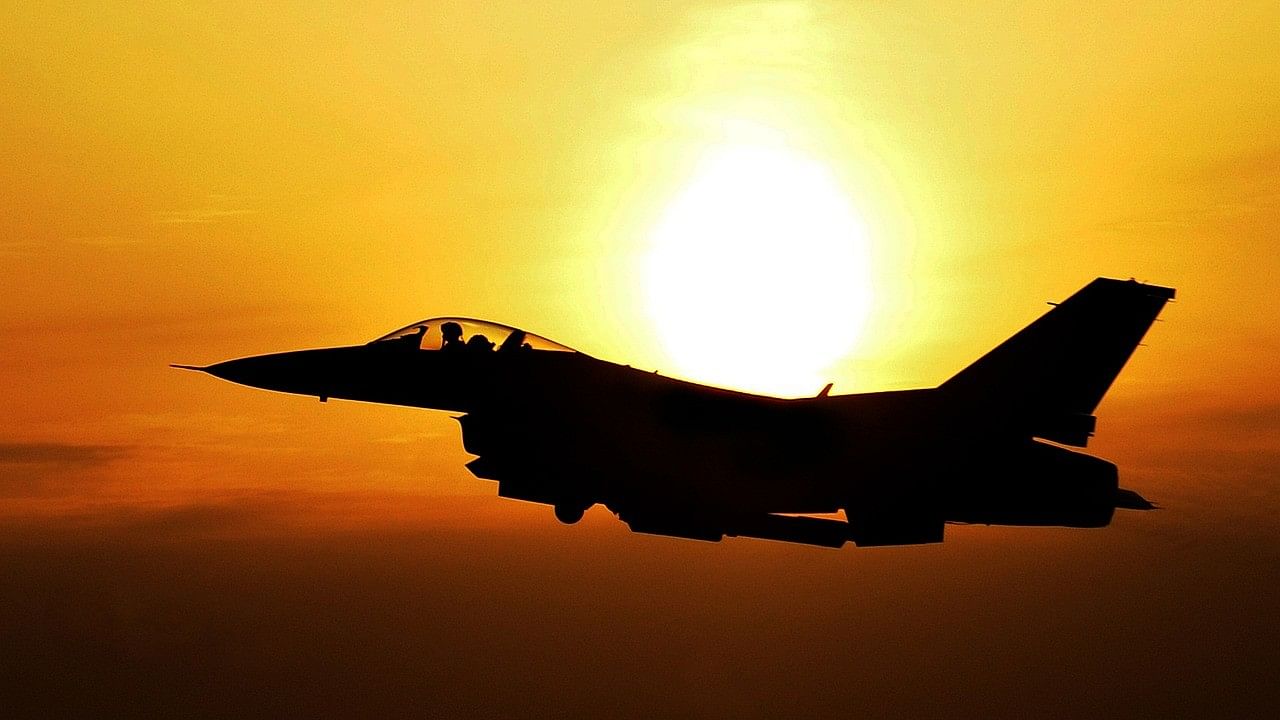
Representative image of military plane.
Credit: Pixabay Photo
China sent a record number of military aircraft toward the self-governed island democracy of Taiwan, prompting the island’s Defense Ministry on Monday to warn against what it called “destructive” harassment. The previous daily record of Chinese military flights near Taiwan was 91 planes, on April 10.
Taiwan said it tracked 103 People’s Liberation Army aircraft entering its air defence identification zone in the 24 hours leading up to Monday morning. None entered Taiwan’s airspace.
That tally included 40 aircraft that crossed the median line in the Taiwan Strait, which once acted as an informal boundary between the two sides. Dozens of other Chinese planes flew off the southern end of Taiwan and turned part of the way along the island’s eastern coast, facing the West Pacific.
What We Know
China has ramped up military flights around Taiwan every year since 2019. In particular, Beijing has done so during moments of tension around Taiwan’s high-level exchanges with the United States, the island’s most important political and security partner.
One of the last major surges came after Rep. Nancy Pelosi, at that time Speaker of the House of Representatives, visited Taiwan last year in a show of support for the island.
In 2020, Taiwan began releasing daily counts of the growing number of Chinese military aircraft entering its “air defense identification zone,” also called its ADIZ, which is a buffer area much broader than Taiwan’s territorial airspace.
The number of People’s Liberation Army flights recorded by Taiwan grew from 972 in 2021 — the first full year when Taiwan began regularly recording the numbers — to 1,737 last year, and 1,268 so far this year, including the spike Monday, said Ben Lewis, a military analyst who maintains a data set on the flights, using the data from Taiwan’s Defense Ministry.
The Context
Chinese leaders have maintained for decades that they want to claim Taiwan back peacefully but will not exclude using force if they deem it necessary.
The increased Chinese military activity around Taiwan does not mean that war is imminent. China is also testing and eroding the island’s vigilance, seeking to wear away its military equipment and personnel, and remind Taiwanese politicians and voters of China’s military might.
The ramped-up military presence in the skies and waters off Taiwan’s eastern coast also signals China’s intent to dominate an expanse of sea that could be vital for the island’s defenses.
What China and Taiwan Have Said
Taiwan’s Ministry of National Defense warned that China’s “continued military harassment” could sharply increase tensions. “We call on the Beijing authorities to take responsibility and immediately stop such destructive unilateral actions.”
China has, so far at least, been relatively muted about its recent military exercises and activities near Taiwan.
Last week, China held large-scale military drills in the western Pacific, including deploying an aircraft carrier and dozens of naval ships and warplanes, and did not issue any announcements.
What the Experts Are Saying
Ou Si-fu, a researcher at the Institute for National Defense and Security Research, said the record flights Monday appeared to be squarely aimed at pressuring Taiwan, which has sought to develop ties with the United States.
The sorties appeared to signal “China’s dissatisfaction with the recent developments in strengthening military and economic and trade cooperation between Taiwan and the United States,” Ou said.
Others saw a more generic motivation.
“This is more like a routine exercise by the Chinese Communist Party to demonstrate the ability of its military aircraft to perform long-distance missions,” said Chieh Chung, a security analyst with the National Policy Foundation in Taipei. “This doesn’t necessarily have a specific political motivation.”
China may be staying silent about the exercises as it tries to stabilize relations with the United States, Chieh said. Wang Yi, China’s top diplomat, met with Jake Sullivan, the White House national security adviser, over the weekend and stressed that the Taiwan issue was a “red line” for China.